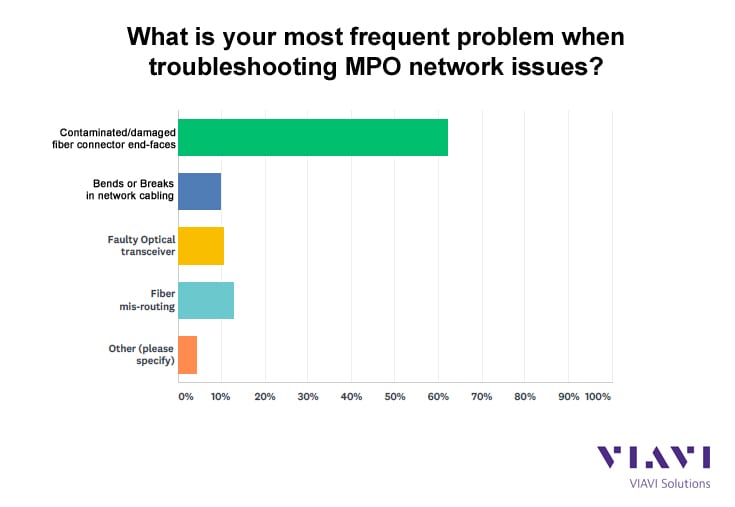Network monitoring company Paessler is collaborating with internet of things network company Sigfox to offer IoT monitoring and visualization services for devices connected to Sigfox’s low-power wide-area network.
Paessler’s PRTG Network Monitor for IoT solutions will provide IoT monitoring and visualization of both functionality and measurement data from Sigfox-enabled IT infrastructure sensors, the two companies said, as well as “other objects, devices and machines that are equipped with or have adaptive Sigfox connectivity.” PRTG is already used by about 200,000 system administrators for monitoring and alerts, Paessler said. The LPWAN solution for Sigfox utilizes two methods to convey Sigfox messages to the PRTG network monitor: a “push” method where data is sent immediately, or an API-based method where the PRTG sends data requests to Sigfox-connected devices at pre-defined intervals.
Vincent Sabot, CEO Sigfox Germany, said in a statement that the Paessler solutions gives Sigfox customers “a single dashboard from which to monitor the connected devices and sensors that comprise their internet of things.”
In related IoT news, IoT company Metova has introduced a testing and certification offering for LoRa devices, as well as network management services. The company said that its product suite enables hardware suppliers or network operators to “run real-world tests on new hardware using network-specific settings before deploying fully across a live LoRa network,” and ensure that LoRa hardware responds to configuration requests properly as well as increases or decreases in bandwidth and power consumption and “otherwise will not disrupt a LoRa network – a must-have for hardware builders, and operators of LoRa networks, to ensure one bad set of devices doesn’t disrupt the rest.”
In other test news:
–Rohde & Schwarz continues to focus on automotive-related testing, with the launch this week of its R&S QAR for testing radomes. Automotive radar systems are often concealed behind radomes such as bumpers and brand emblems or integrated into plastic parts such as rear-view mirrors, Rohde noted, and the radome material has to allow the radar signals to pass through with minimal hindrance. The QAR uses high-resolution millimeter wave imaging to test radar compatibility of materials and identify anomalies that can impact performance.
-The global market for electronic test and measurement equipment is expected to expand at a compound annual growth rate of 8% through 2022, according to numbers from TechNavio. Market drivers include the emergence of 5G, as well as a push from national defense agencies around the world to outfit their forces with advanced technological capabilities. TechNavio said that in terms of specific products, network analyzers have the largest market share for wireless infrastructure test equipment, accounting for more than 48% of the market. Network analyzers are expected to continue dominating the global market through 2022.
The analyst firm also noted that the Americas accounted for the largest regional share of the test market in 2017, followed by Europe, the Middle East and Africa, and then the Asia-Pacific region. TechNavio expects the Americas to continue to be the largest test equipment market through its forecast period.

–Teledyne LeCroy launched two new protocol analyzers for testing Universal Flash Storage in mobile devices and automotive systems. The Eclipse T42 UniPro/UFS protocol analyzer and Eclipse M42x UniPro/UFS protocol analyzer/exerciser can be used for testing the latest version of UFS, which NI noted has more than 2x the storage bandwidth and reduced power consumption.
-Software company MathWorks has launched new design support for 5G development in MATLAB: 5G Toolbox, which it said is aimed at helping “companies with siloed tools for radio frequency, antenna, and baseband design; limited experience with MIMO technologies; or that lack automation from simulation to prototyping” by enabling 5G design support in MATLAB. The company has other offerings that support LTE and Wi-Fi design and has now extended that into 3GPP’s 5G New Radio Release 15.
“When adopting 5G, wireless engineers need to verify that their product designs can conform or co-exist with a new, complex standard that will continue to evolve. Very few companies have adequate resources or in-house expertise to understand and implement a 5G-compliant design,” said Ken Karnofsky, senior strategist for signal processing applications at MathWorks, in a statement. “Having seen how LTE Toolbox has helped teams quickly deploy pre-5G designs in radio test beds, we anticipate 5G Toolbox will have a similar impact for the mainstream wireless market.”
–Presto Engineering said that its Caen, France semiconductor and internet of things device testing facility — which it says is the largest independent chip testing facility in Europe — recently achieved ISO 9001:2015 certification.
-Increased demand for bandwidth means that the use of multi-fiber push-on connectors is on the rise, according to a global survey from Viavi Solutions.
“As bandwidth demands escalate and network infrastructure is pushed to the limits, multi-fiber connectors are becoming increasingly required to meet the demand for fiber and cable density, and support for next-generation architectures that utilize parallel optics,” Viavi said, adding that deployment of ribbon fiber and MPO connectors is forecast to grow by more than 20% in the next three years. That means additional complexity and test-time for cabling contractors and technicians, the company said — contaminated connectors are the number one source of troubleshooting in MPO networks, according to its survey.
This is Viavi’s first survey of MPO technology and the results were based on an April 2018 online survey of 200 respondents with experience working with MPO; 74% were located in North American, 12% were from the U.K. and EMEA, 10% were located in Latin America and 4% were in the Asia-Pacific region.
Among the other findings:
- As many as 40 percent of respondents said they were already working with MPO regularly, and four out of five reported that they “spend up to 20% of their work week troubleshooting physical network issues.”
- Respondents reported that port density and faster speeds were the top reasons for implementing MPO.
- More than half of the survey respondents predicted that multi-fiber connectivity will grow by more than 20 percent in the next three years.



